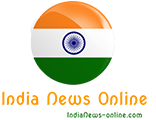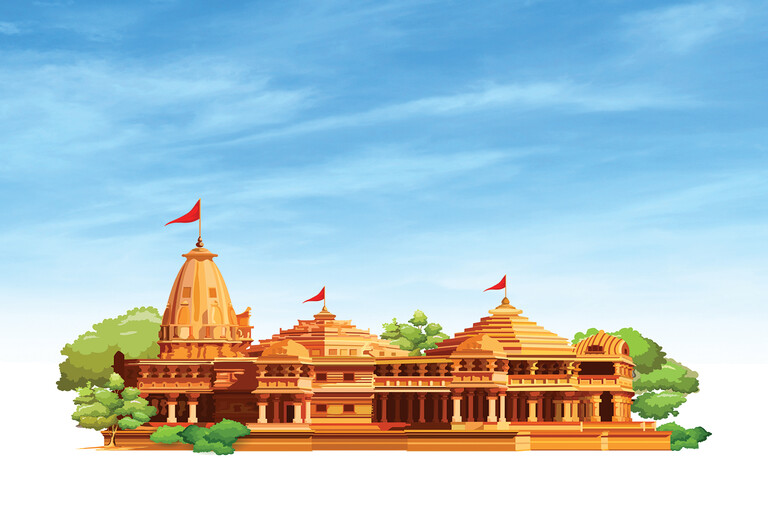Express News Service
Pigeon Island National Park with its white powdery seashores on the east coast of Sri Lanka is an aquaphile’s dream. Snorkellers are drawn to the splendour of its ocean’s residents—shy reef sharks, endangered turtles, bright-coloured fish comparable to lionfish, raggedfin parrotfish, humphead wrasse, blue-ringed angelfish, cornet fish, boxfish, surgeonfish, eels, butterfly fish, squids, octopus, or the tender corals comparable to sinularia, lobophyton and sarcophyton.
Best visited between March and October, and located one km from the coast of Nilaveli, a coastal city within the Trincomalee District, the island is called after the endangered rock pigeons of the area. Declared a sanctuary in 1963 to guard them, it was introduced a nationwide park in 2003 to incorporate the coral reefs. It is Sri Lanka’s Seventeenth nationwide park, and one in all its two marine nationwide parks; Hikkaduwa is the second. The island itself includes two smaller ones particularly giant and small Pigeon Islands.

Though there may be scuba diving, windsurfing, swimming and fishing, snorkelling is the preferred exercise. The reefs are shallow—one to seven toes—and secure for learners. A deep calmness takes over as they float over the water in silence. And then, marine life opens like vibrant surprises.
Keep a watch out for the critically endangered hawksbill sea turtle with its slim, pointed beak. It’s harvested for its prized shell that’s made into ornaments.
If you’re fortunate, the elusive black-tip reef shark will make an look earlier than you.If snorkelling isn’t your factor, different points of interest beckon; a visit to the Koneswaram temple is one in all them. A 40-minute drive from the island, the Seventeenth-century hill-top Shiva temple presents panoramic views of the island. Believed to
be one of many Panch Ishwarams or the 5 abodes of Shiva, there are caves beneath it, relationship to the Sangam Period. Not to be missed are the Kanniya Hot Springs—seven wells with various temperatures, the waters of that are thought of therapeutic. Locals consider King Ravana created them for his mom to wash in. Ready to take a dip into historical past?

































